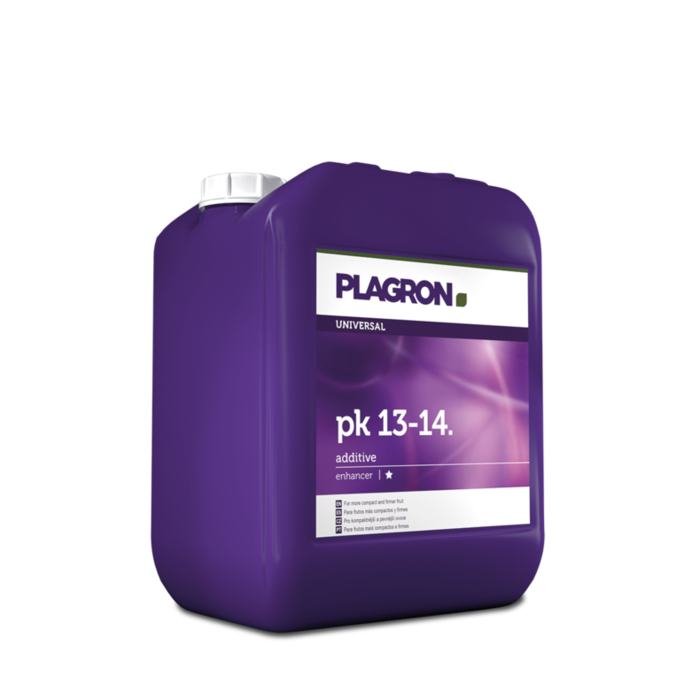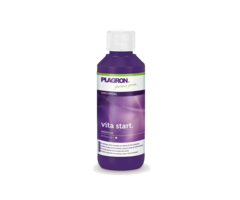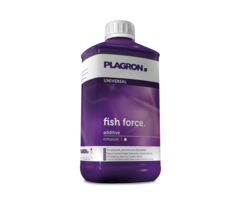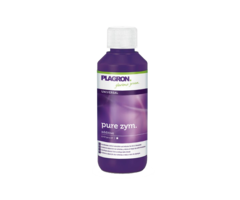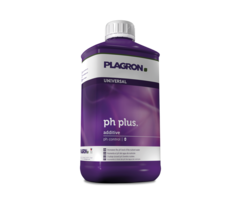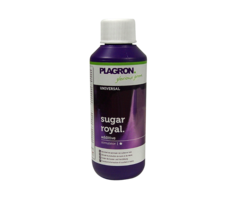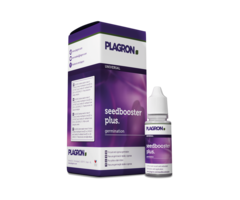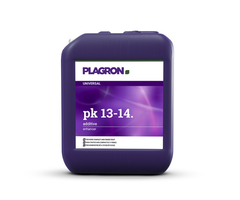Plagron PK 13-14 | Mineral fertilizer
 PK 13-14 key to a rich harvest
PK 13-14 key to a rich harvest
PK 13 14 key to a rich harvest. In a world where agriculture and horticulture are constantly evolving, the search for improved growing methods and products continues unabated. Against this background, PK 13-14 has emerged as an indispensable product for growers striving for more compact, hardier and heavier fruit. The essence of PK 13-14, is a mineral fertilizer that holds the promise of higher yields. PK 13-14 is more than just another fertilizer; it is a carefully formulated solution that supports the flowering phase of plants with an extra dose of phosphorus (P) and potassium (K). These elements are crucial for plant development, especially during the crucial flowering period when fruit is formed. Phosphorus plays a key role in the energy transfer process and aids in root development, while potassium regulates water balance and nutrient transport in the plant.
Usage and dosage
The use of PK 13-14 requires attention to detail. The product must be shaken well before use, after which a maximum of 2 ml per liter of water can be added - a ratio of 1:500. This precise dosing rule ensures that plants receive exactly the right amount of nutrients they need. After adding PK 13-14, the base nutrient should be supplemented until the desired EC value is reached, indicating the optimum electrical conductivity of the nutrient solution. This nutrient solution should be used with every watering during the flowering phase to optimally support fruit development.
Packaging and availability
PK 13-14 is available in a variety of package sizes, including 250 ml, 500 ml, 1 L bottles and 5 L jugs, to meet the needs of different users, from hobby gardeners to commercial growers. While some package sizes may not be available in all countries, the intention is to make PK 13-14 as accessible as possible to a wide audience. The introduction of PK 13-14 into the nutritional regime of plants during the flowering phase has a significant impact on fruit quality. By providing plants with additional phosphorus and potassium, PK 13-14 promotes the formation of more compact, hardier and heavier fruits. This not only results in a more visually attractive crop, but also increases the commercial value of the fruit. In addition, the use of PK 13-14 increases yields, allowing growers to realize a better return on their investment.
A promise of quality
The strength of PK 13-14 lies in its ability to support and enhance the natural processes within plants. It is a testament to the continuous innovation within the agriculture and horticulture sector, where scientific knowledge and practical application go hand in hand to improve crop results. PK 13-14 symbolizes this progress, with its precisely tailored formula that responds to the specific needs of plants in the flowering phase.
Advantages of PK 13-14
- Increased yield: Guarantees higher yields by developing more compact, harder and heavier fruit.
- Specific nutrition: Provides plants with additional phosphorus and potassium, crucial for the flowering phase.
- Improved fruit quality: Leads to improved fruit quality, which is more commercially attractive.
- Efficient absorption: Due to the specific NPK ratio (0-13-14), nutrients are efficiently absorbed by the plant.
- Flexible packaging options: Available in different package sizes to meet various needs.
- Easy to use: Easy to mix with water for immediate application.
Instructions for use of PK 13-14
- Preparation: Make sure the bottle is shaken well before use to distribute the fertilizer evenly.
- Dosage: Add up to 2 ml of PK 13-14 per liter of water. This equates to a ratio of 1:500 to ensure proper concentration of nutrients.
- Mixing: After PK 13-14 is added, supplement the solution with base nutrient until the desired EC value is reached. This ensures an optimal balance of nutrients.
- Application: Use this nutrient solution with every watering during the plant's flowering phase. Regular application ensures that the plant has continuous access to essential nutrients.
- Observation: Monitor plant response to the nutrient and adjust dosage or frequency of application if necessary to avoid stress or overfeeding.
By following these guidelines, the maximum potency of PK 13-14 can be utilized for optimal plant growth and flowering.


